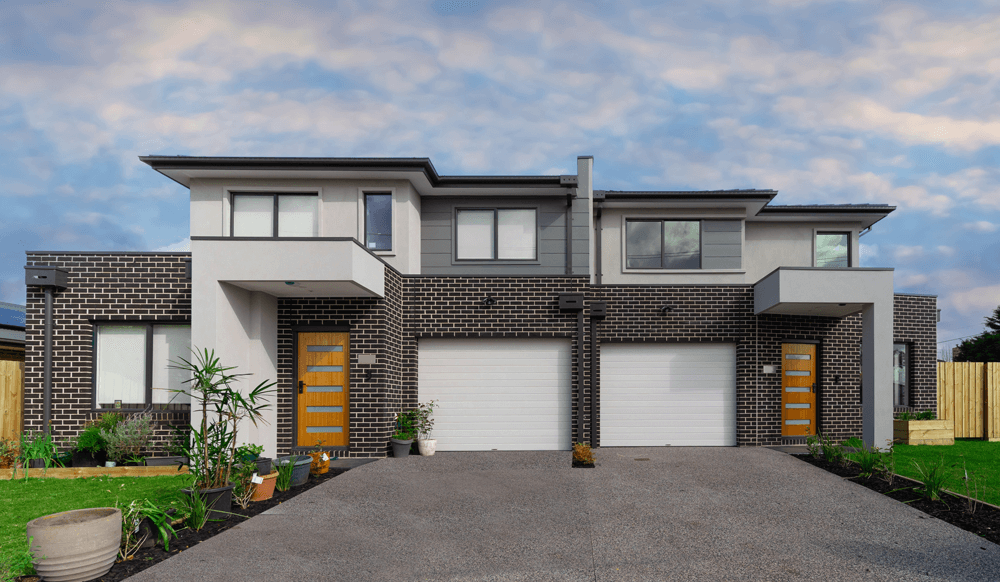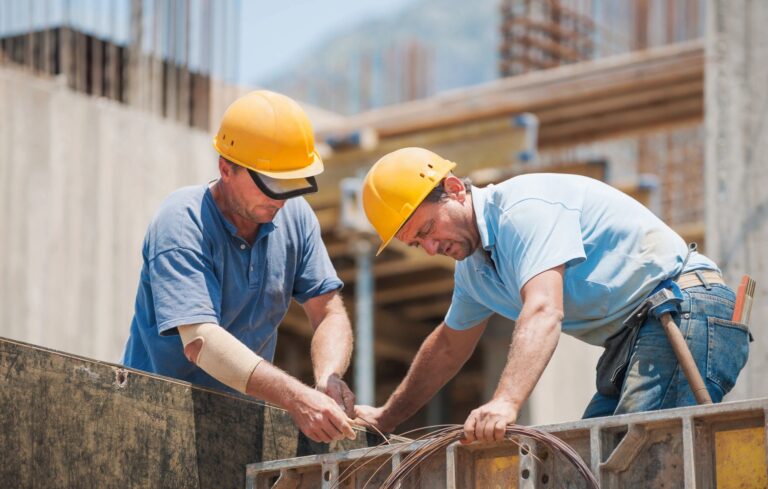Predicting New Dwelling Starts in NSW for 2025

The Housing Industry Association (HIA) has released its forecast for new dwelling starts in New South Wales (NSW) for the year 2025. With the construction industry facing various economic, regulatory, and market challenges, the HIA’s forecast provides valuable insights into the expected growth and trends in new housing projects. This article delves into the key factors influencing the forecast and its implications for the NSW housing market.
Forecast Overview
The HIA predicts that new dwelling starts in NSW for 2025 will be approximately 58,110. This forecast reflects the anticipated demand for housing, economic conditions, and the impact of government policies aimed at boosting housing supply.
Economic Factors
Economic recovery post-pandemic plays a crucial role in driving new dwelling starts. Increased consumer confidence and spending power, coupled with low interest rates and favorable financing options, are expected to encourage homebuyers to invest in new properties. The state’s economic growth is poised to boost demand for new homes, particularly in urban and suburban areas.
Housing Demand and Supply
NSW is experiencing a surge in housing demand due to population growth, urbanization, and changing lifestyle preferences. The influx of Millennials and Gen Z into the housing market, seeking affordable and sustainable living options, is expected to drive the construction of new dwellings. The HIA’s forecast takes into account these demographic shifts and the resulting increase in housing demand.
Regulatory Environment
The NSW government’s reforms to streamline the approval process for new residential developments are set to play a significant role in the increase in new dwelling starts. The establishment of the Housing Development Authority (HDA), which aims to bypass council approvals for large residential projects, is expected to reduce approval times and expedite the delivery of new homes. These regulatory changes are anticipated to positively impact new dwelling starts in 2025.
Technological Advancements
Technological innovations are transforming the construction industry in NSW, making it more efficient and cost-effective. The adoption of Building Information Modeling (BIM), modular construction, and green building practices are expected to streamline the construction process and reduce costs. The HIA’s forecast considers the positive influence of these advancements on new dwelling starts.
Labor Market
The availability of skilled labor is a critical factor in the construction industry. Labor shortages, particularly in trades such as carpentry, plumbing, and electrical work, can hinder new dwelling starts. The HIA’s forecast emphasizes the importance of efforts to attract and retain skilled workers, including training programs and competitive wages, to meet the growing demand for new homes.
Market Trends
Market trends in NSW, such as the shift towards sustainable and energy-efficient homes, are influencing new dwelling starts. Homebuyers are increasingly prioritizing features such as solar panels, energy-efficient appliances, and eco-friendly materials. Developers are responding to these trends by incorporating sustainable practices into their projects, driving the construction of new, environmentally friendly homes. The HIA’s forecast reflects these market trends and their impact on new dwelling starts.
The HIA’s forecast for new dwelling starts in NSW for 2025 is optimistic, driven by economic recovery, regulatory reforms, and technological advancements. By addressing labor market challenges and embracing market trends, the construction industry in NSW can meet the growing demand for new homes and contribute to a vibrant housing market. The forecast of approximately 58,110 new dwelling starts underscores the potential for growth and development in the NSW housing sector.



